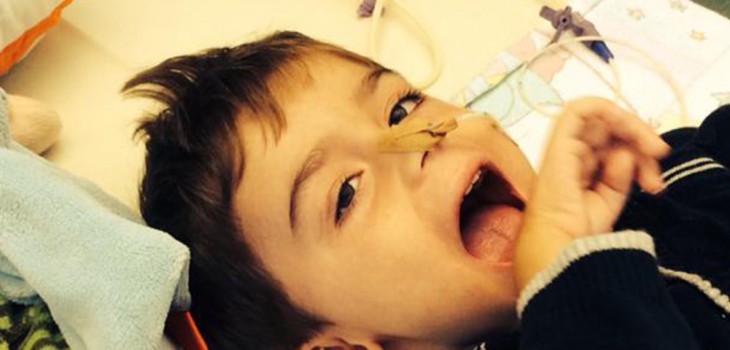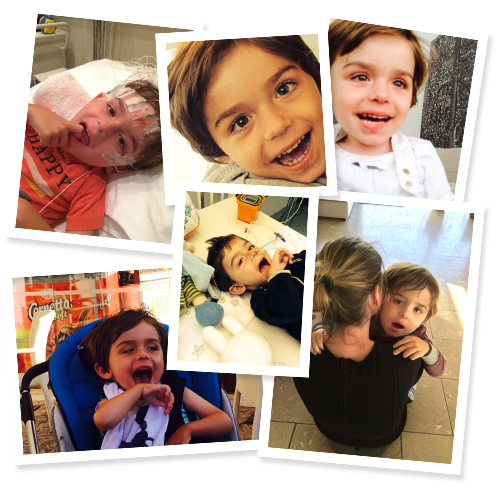The disease killing our son
Infantile neuroaxonal dystrophy ( INAD , PLA2G, SEITELBERGER ) is a rare pervasive developmental disorder that primarily affects the nervous system. Individuals with infantile neuroaxonal dystrophy typically do not have any symptoms at birth, but between the ages of about 6 and 18 months they begin to experience delays in acquiring new motor and intellectual skills, such as crawling or beginning to speak. Eventually they lose previously acquired skills.
Diagnosis
In some cases, signs and symptoms of infantile neuroaxonal dystrophy first appear later in childhood or during the teenage years and progress more slowly.
Children with infantile neuroaxonal dystrophy experience progressive difficulties with movement. Generally they have muscles that are at first weak and “floppy” (hypotonic), and then gradually become very stiff (spastic). Eventually, affected children lose the ability to move independently. Lack of muscle strength causes difficulty with feeding and breathing problems that can lead to frequent infections, such as pneumonia. Seizures occur in some affected children.
Rapid, involuntary eye movements (nystagmus), eyes that do not look in the same direction (strabismus), and vision loss due to deterioration (atrophy) of the optic nerve are characteristic of infantile neuroaxonal dystrophy. Hearing loss may also develop. Children with this disorder experience progressive deterioration of cognitive functions (dementia), and eventually lose awareness of their surroundings.
Infantile neuroaxonal dystrophy is characterized by the development of swellings called spheroid bodies in the axons, the fibers that extend from nerve cells (neurons) and transmit impulses to muscles and other neurons. A part of the brain called the cerebellum, which helps to control movements, may also be damaged. In some individuals with infantile neuroaxonal dystrophy, abnormal amounts of iron accumulate in a specific region of the brain called the basal ganglia.














